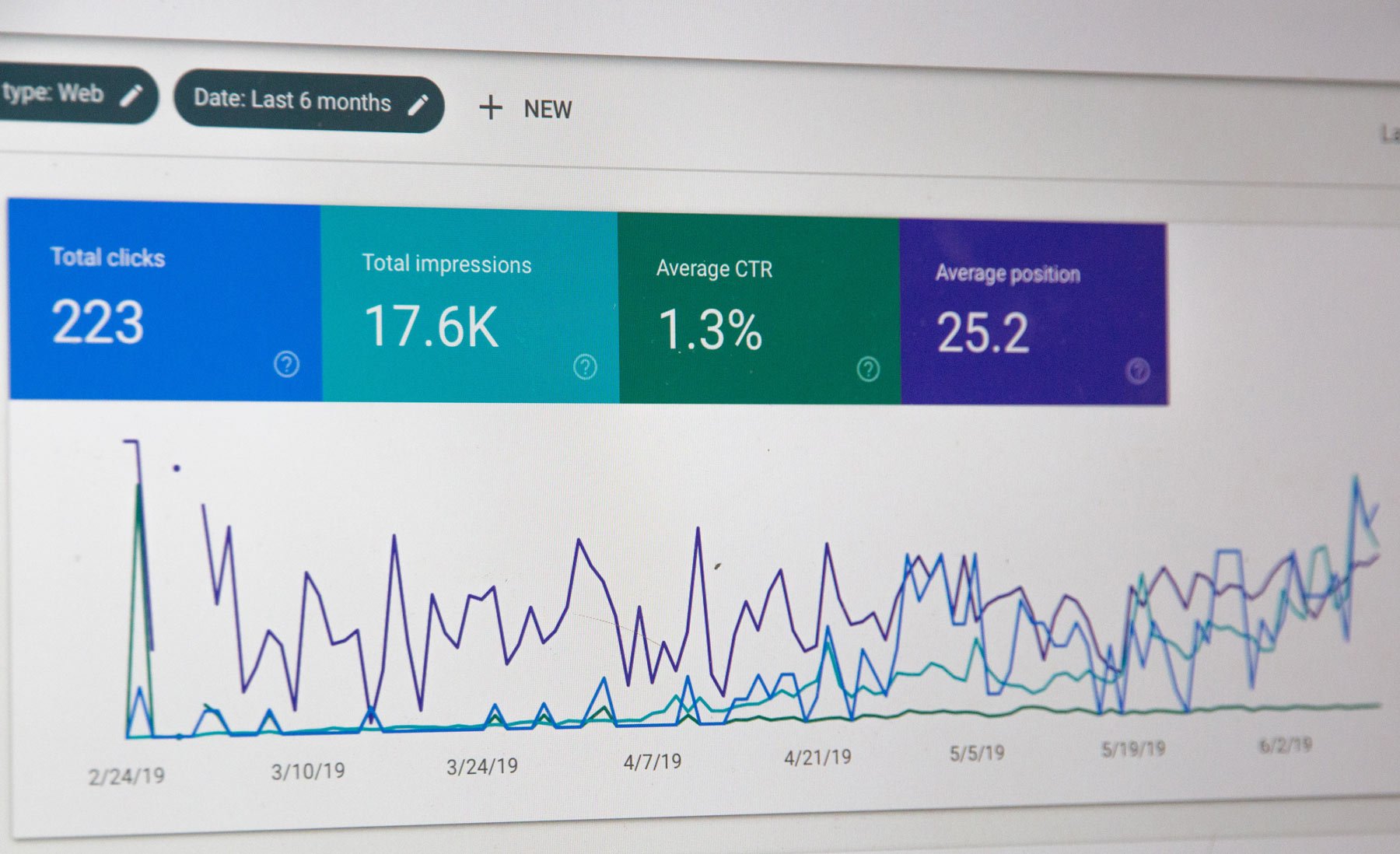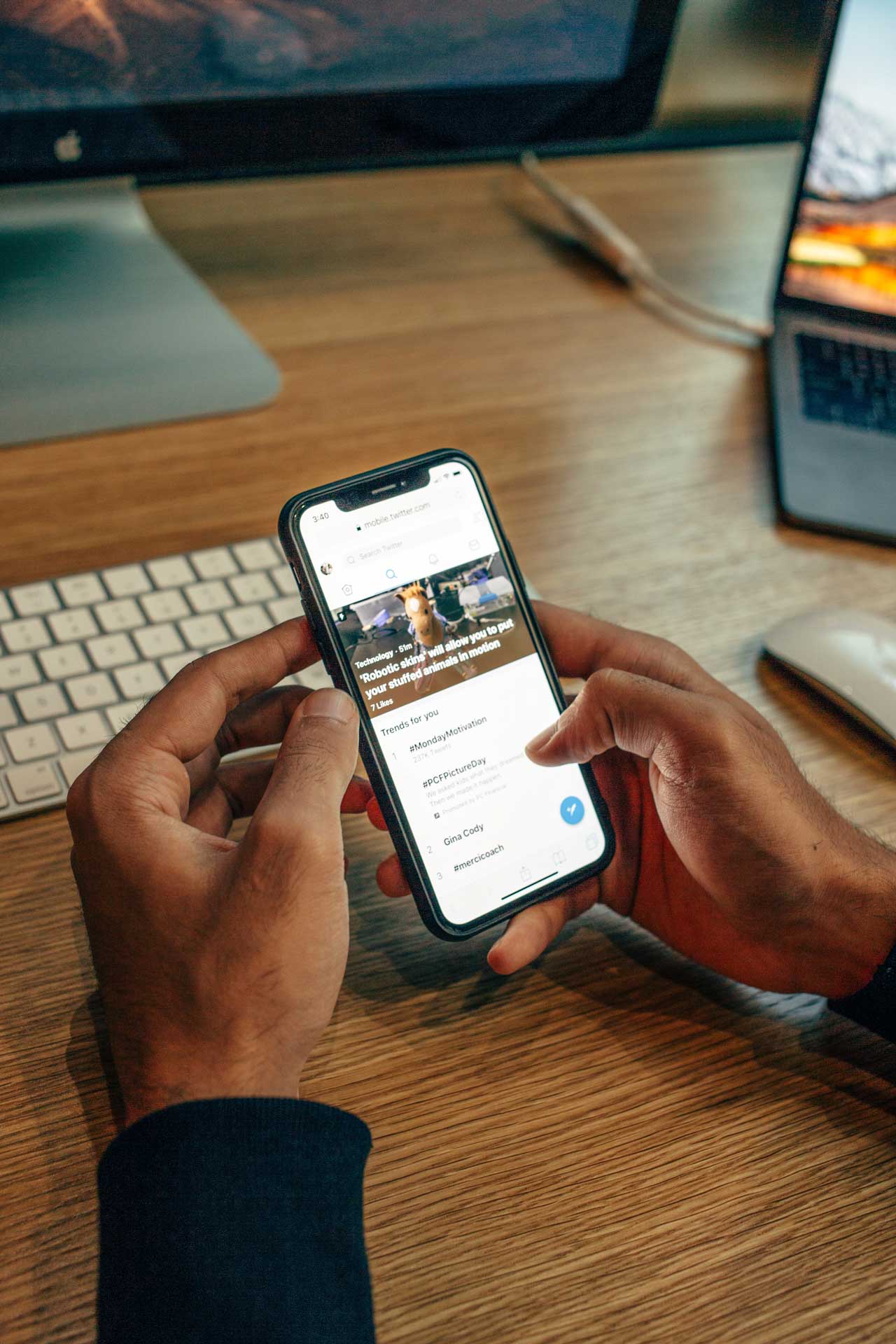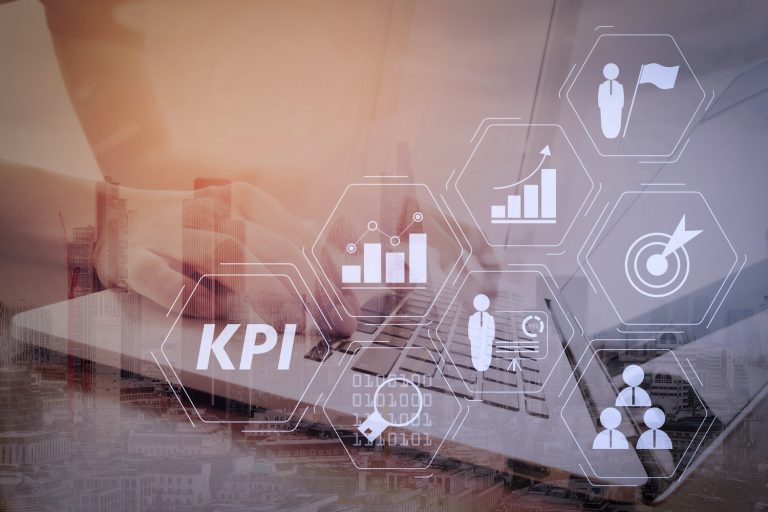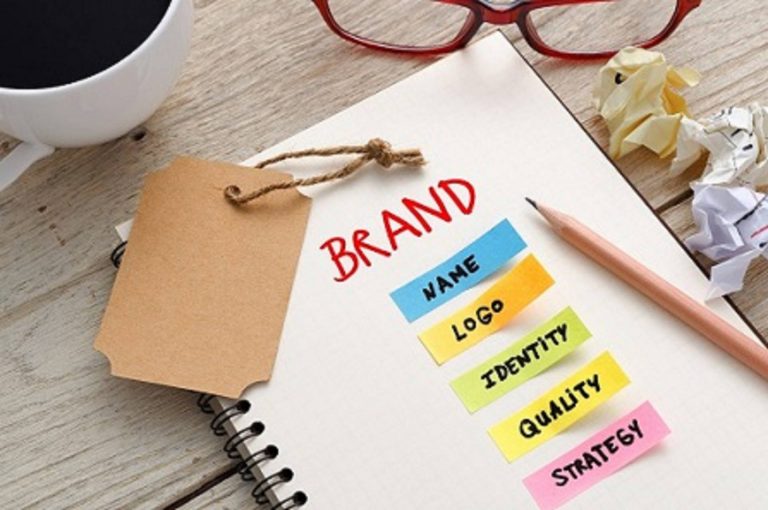Digital Marketing involves using the internet to reach consumers or better yet, target audience(s). The field is broad and has got various methods of content marketing, attracting customers via platforms like email, social media, and beyond.
Follow us on Instagram

Digital Marketing concept breakdown
If you have been wondering what concepts like SEO, Analytics, or content optimization are all about, wonder no more. You are in the right (digital) hands. See what I did there? Anyway, back to serious business. In this article, I will break down for you some digital marketing concepts that every marketer should know.

1. SEO
This abbreviation stands for Search Engine Optimization. It is the process of producing online content in a way that it would rank as a top result in a search engine such as Google. This is achieved by lacing content with keywords which are are popular terms or words that consumers (more so your target audience) use when performing a search on a search engine. In the most basic breakdown, SEO involves a search engine, you (the brand), and the searcher. Since search engines are often refining their algorithms to provide a better search experience for a consumer, SEO is increasingly becoming a highly specialized field. One of the key advantages of SEO is that they lead to higher closing rates. Statistical reports have revealed that an average close rate of 14% is derived from SEO. Additionally, search engine
optimization lowers the cost of lead generation by 61% as reported by the Search Engine Journal. This is because when you already are amongst the top results in a search engine (ranking), you do not need to do advertising such as pay per click. Thus, your advertising costs reduce.
2. PPC
Pay-Per-Click advertising is a type of online marketing that involves strategically placing Ads online and paying a fee only when that ad gets clicked on by a visitor. Simply put, when a visitor clicks on the ad then your business will incur a certain charge. This charge is known as the Cost per Click (CPC). Rather than organically attracting visits to your website, this is an alternative way of buying visits to your website. Average CPCs range from $1-$2. However, some can cost as little as some pennies while others cost more than $50. Display and video ads are charged on a CPM (cost per 1000 impressions) basis. This is where you are charged to show your ad 1000 times, regardless of how many times it got clicked on. Marketers use PPC advertising for the advantage of being able to specifically target your ads towards a specific target market. That way, the chances of gaining a click, and possibly a sale increased the value of the Return on Investment you have spent.
3. Mobile Marketing
This is another form of marketing aimed at reaching target audiences on their smartphones, tablets, and/or other devices. Consumers are often reached via email, social media, apps, websites, SMS, and MMS. eMarketer predicts that by 2022 the mobile-only audience in the United States will grow up to 55.7 million. In addition to that, Adweek also predicts that 79% of smartphone users have got their phones with them for at least 2 hours a day. This contributes to one of the biggest advantages of mobile marketing which is the potential for your ad to go viral. For example, if a consumer receives your advertisement for 20% off your products/services, their first impulse would be to grab that deal. Their second impulse would then be to share it with their contacts (friends and family) so that they too enjoy the deal. This action will lead to increased sales and also lead to more brand awareness and potentially, customer loyalty. This is especially true if your promotional offers and discounts are consistent. A good example of this is Buy One Get one Free Pizza day weekly by Pizza Shops.


4. eMail Marketing
This is the use of email to promote your products/services, as well as encourage customer loyalty. Email marketing is a great opportunity to educate existing and potential customers of the features of your products/services. Customers that are a part of your mailing list can always be notified of new products/services. Marketers often make use of mail marketing because this is a way to keep the consumer regularly informed of events, promotions and helpful tips. For you to create a mailing list, you have to first get the consent of the consumer. This can be done by prompting the consumer to sign up for your newsletters/alerts. When a consumer willingly signs up for it, then that is a clear indication of interest that could potentially be converted into a sale. This is no wonder a DMA report revealed that for every $1 spent on email marketing, a $42 return of investment (ROI) should be expected
5. Analytics
This term refers to platforms or tools that examine data. The data is often collected from your online marketing activity from platforms such as your website or social media page(s). Examples of Digital analytics include these (but not limited to), DemandJump’s cross-channel product, Google Analytics, CrazyEgg, and HubSpot. Analytics simply make sense out of your data. As a marketer, it is possible to utilize individual analytics from sites such as Twitter and Facebook. The advantage of analytics is that they give you an insight into your brand’s performance in the digital space. For example, if you advertise on Facebook, analytics would be able to show you the age-group and geographic location of consumers that mostly showed interest in your product/service. This would provide between what age and location your target audience could be. These insights could also help you better comprehend your customer and what they prefer from you. This is true for both existing and potential customers. Such information would be useful when you need to perform certain tasks such as segmentation. Analytics are also commonly used to measure customer engagement happening in your campaigns.
6. Influencer Marketing
This is the type of marketing that makes use of endorsements and the mentioning of your products from influencers. By definition, an influencer is an individual that has got a social following (on social media platforms like Youtube, Pinterest, Snapchat, Facebook, and Instagram). They’ve got the power to raise interest in your product/service within their audience. Marketers often use this form of marketing because social influencers spend a great deal of time building up their following. Thus, a consumer following a particular influencer will trust their recommendation/referral towards a particular product/service more than your brand’s advertising. Influencer marketing enables you to reach a specific type of audience

while at the same time earn their trust and interest. This leads to increased or rather improved brand awareness. Another additional advantage of influencer marketing is that the majority of influencers are already content creators. Thus, an influencer could end up contributing to your brand’s content marketing. Statistics show that for every $1 spent on influencer marketing, $5.20 is made, quite an attractive ROI right?
7. Paid Social Media
Alternatively known as social media advertising, this is when a brand pays money to social media platforms such as Facebook, Twitter, LinkedIn, and more. They pay these platforms to have their content and social media pages shared to specific (target) audiences who are most likely to be interested in their products/services. It is similar to influencer marketing, but with a difference being payment is made to the social media platform instead of directly to an influencer. Without paid social media advertising, there’s a probability that you’re only reaching a fraction of consumers on social media. Statista reports that social ad impressions are up to 20% (more consumers are seeing ads on social media which confirms how paid social media is advantageous.

8. Content Optimization
Remember the mention of keywords earlier on? This is where the root from. Content optimization involves producing content that has got the potential to reach the largest percentage of your target audience. Optimizing content involves making use of particular keywords, including Meta descriptions, as well as relevant links. Informative content that is engaging, and of great quality is great but it is important to pay attention to its optimization. Content optimization directly leads you to better SEO which in turn leads to better ranking. It also contributes to better engagement with consumers, or rather potential customers. This is especially true if your content reaches the targeted audience.
As a marketer, it is important to acknowledge the fact that the majority of digital marketing concepts often work better when combined. For example, influencer marketing would work well with content optimization. As you pay an influencer to recommend your product/service, consumers redirected to your website/social media page would then be motivated to make a purchase. To maximize on target audience reach, content optimization alongside influencer marketing. While you gain traffic from influencer marketing, you’d also gain from “organically” reaching your audience. Analytics could be used to monitor progress and calculate return on investment.
Blog
Recent Posts

Digital Marketing

Social Media




Recent Comments